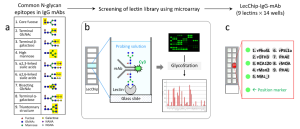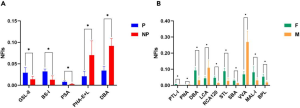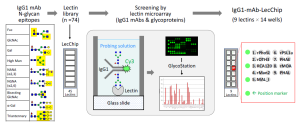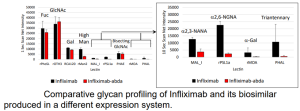Detailed N-glycan analysis combining Glycan profiles taken by Lectin Microarrays and AI
A group from Department of Bioengineering, University of California, San Diego, La Jolla, CA 92093, USA, etc. has reported a lectin and AI-based approach to predict N-glycan structures and determine their relative abundance in purified proteins based on lectin-binding patterns.
https://www.biorxiv.org/content/10.1101/2024.03.27.587044v1
This method can be used when the number of glycanss to be evaluated is limited, but there are a lot of problems when applying it generally.
A similar software named “SA/DL easy” had been created by Mx using Deep Learning as a core technology 5 years ago. By using this software, you can quickly do the same thing.
The problem lies in the tedious work of creating training data, or preparing a large number of expressed glycan structures whose structures have been properly identified, and obtaining glycan profiles.
https://www.emukk.com/SADL-Easy_Eng/index.html

 <a?
<a?



